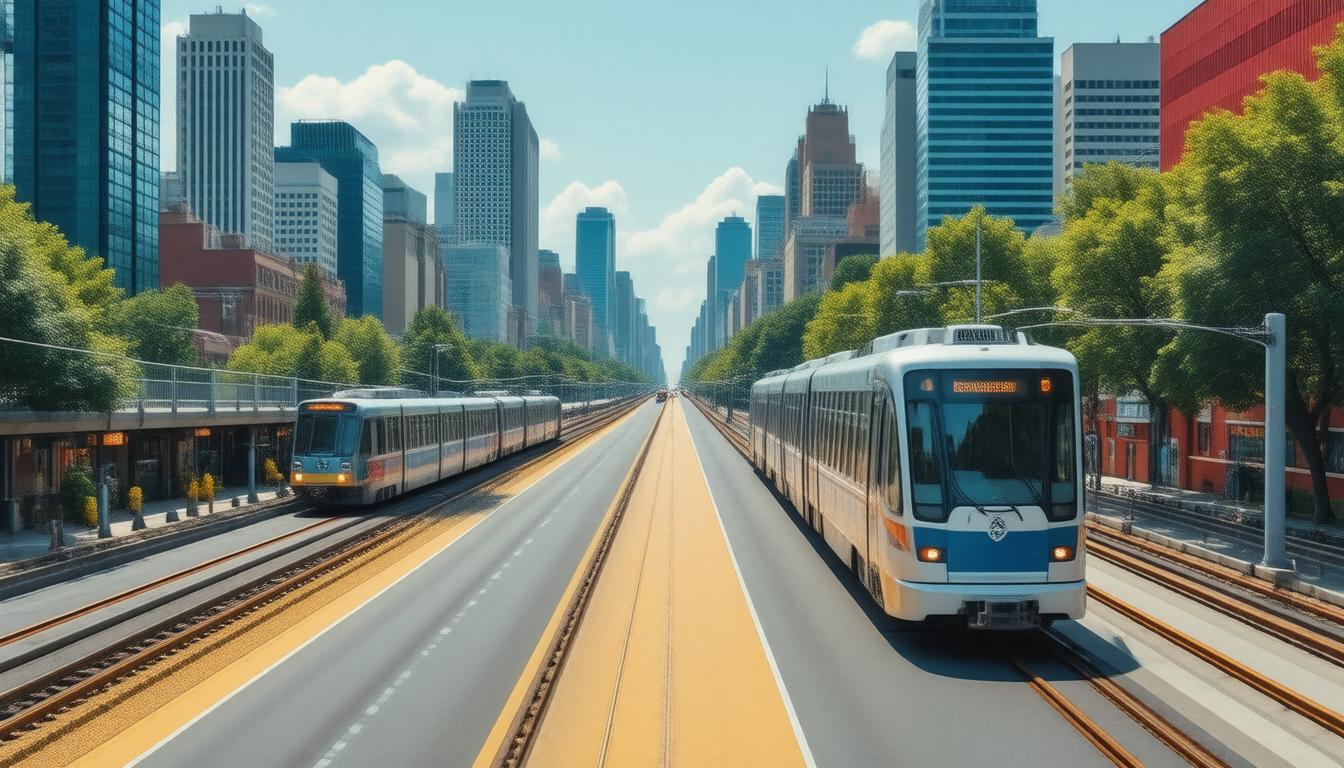As the demand for efficient and sustainable transportation continues to grow, Ontario is stepping up its game with several ambitious infrastructure projects set to reshape transit and connectivity across the province by
2025. From major light rail lines to a cutting-edge international bridge, these projects aim not only to improve public transit options but also to bolster economic ties and community accessibility. In this article, we will delve into the top five infrastructure initiatives underway in Ontario, examining their current status, challenges faced during construction, and the anticipated impact on local communities and beyond.
Key Takeaways
- The Eglinton Crosstown LRT, a long-awaited project, is set to finally open by 2025 after years of construction delays.
- The Gordie Howe International Bridge will enhance cross-border connectivity despite being behind schedule.
- Major advancements in public transit projects like the Finch West LRT and Ottawa’s Confederation Line East Extension are crucial for improving Ontario’s transportation landscape.
Key Infrastructure Developments
In Ontario, several key infrastructure developments are set to be completed by 2025, representing significant advancements in public transit and international connectivity. One of the most anticipated projects is the Eglinton Crosstown LRT, which has been under construction for 14 long years and is now slated to finally open its doors in
2025. This impressive transit line will feature 25 stations spread over a 19-kilometer route along Eglinton Avenue, although recent software issues have raised concerns about its operational readiness, casting a cloud of uncertainty over the completion timeline. Additionally, the Finch West LRT, another major transit line in Toronto, faced various setbacks, with completion timelines pushed from 2024 to 2025 due to significant budget overruns, ballooning costs from an initial $2.5 billion to a staggering $3.4 billion. However, recent reports of construction completion bring renewed optimism about its operational future, promising improved transit services along Finch Avenue West. On the international front, the Gordie Howe International Bridge, designed to seamlessly connect Detroit and Windsor, is set to be the longest cable-stayed span in North America. Despite being about 10 months behind schedule, the bridge is expected to facilitate cross-border traffic by September
2025. Adding to the excitement, the upcoming Rogers Stadium is under construction in Toronto, aiming to become the largest outdoor concert venue with the capacity to host 50,000 attendees, with a grand opening planned for June 2025 and major events already scheduled. Lastly, Ottawa’s Confederation Line East Extension is part of a broader $4.675 billion initiative to enhance public transport access in the eastern regions, with five new stations expected to be introduced by mid-2025. Together, these projects underscore Ontario’s dedication to improving transportation infrastructure and enhancing connectivity, even as they navigate the complexities of construction challenges and budget constraints.
Challenges and Expectations for Completion
As Ontario eagerly awaits the completion of these significant infrastructure projects by 2025, several challenges have surfaced, impacting timelines and budgets. The Eglinton Crosstown LRT’s long history of delays has left many residents frustrated, particularly given its importance in enhancing urban transit. Similarly, the Finch West LRT’s budget overruns have raised questions about future funding allocations, stirring public interest in how these financial increases will be managed. The Gordie Howe International Bridge exemplifies the complexities of cross-border infrastructure, where coordination between multiple stakeholders can hinder progress. Furthermore, while the Rogers Stadium promises to be a hub for entertainment, its establishment raises discussions about the economic impact on the community and surrounding areas. Finally, the Confederation Line East Extension seeks to alleviate congestion but must contend with managing construction logistics alongside accommodating increased ridership. These projects symbolize a pivotal moment for Ontario, not only transforming transit landscapes but also reflecting broader themes of urban development and fiscal responsibility.






